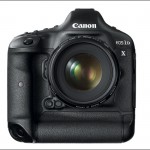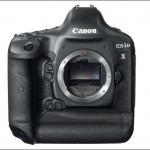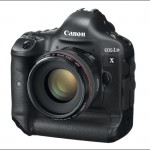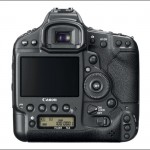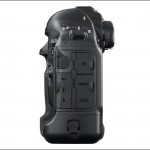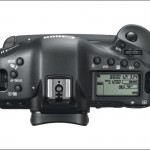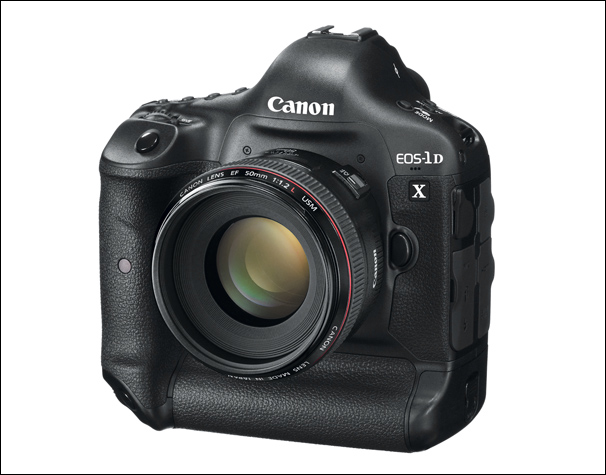
Some new features that caught my eye;
- Magnesium alloy body with 76 dust and weather sealing gaskets
- Numerous interface refinements relative to the EOS-1D Mark IV, including two pairs of user-configurable buttons on the camera’s front, a reworked button layout on the back that includes two multi-controllers and a touchpad within the Quick Control Dial meant for making silent adjustments to such things as audio levels while video is being recorded
- 17.92 million image pixel full-frame CMOS sensor. Image dimensions at full resolution are 5184 x 3456 pixels. Among the file format settings are full-resolution RAW plus two reduced-resolution settings: M-RAW (3888 x 2592 pixels) and S-RAW (2592 x 1728 pixels)
- Optical viewfinder with 100% frame coverage and optional grid display
- 12fps top shooting rate with full autofocus, metering and other camera functionality; up to 14fps is also possible with the mirror locked up and the camera recording JPEGs only. At ISO 32,000 and above, the EOS-1D X’s maximum frame rate drops to 10fps. (The number of JPEG, RAW and RAW+JPEG pictures that can be shot in a burst has not been finalized.)
- All-new mirror and shutter mechanisms (the latter has a durability rating of 400,000 cycles)
- A top shutter speed of 1/8000 and a standard top flash sync speed of 1/250
- In-camera multiple exposures, with several options for how the camera captures and blends the frames
- In-camera RAW converter
- HD video capture at up to 1080p/29.97fps or 720p/59.94fps with new H.264 compression options and timecode embedding (but no RAW video option and no continuous autofocus during capture; the new camera’s video mode appears to have received mainly incremental improvements)
- Gigabit Ethernet wired networking built right into the camera and providing the same set of functions as one of Canon’s WFT-series wired/wireless transmitters (though only over a wired link to the camera, obviously)
- 3.2-inch (diagonal), 1,040,000-dot rear LCD featuring Canon’s ClearView II technology
- Twin CompactFlash slots with support for fast UDMA 7 cards
- Compatibility with the new WFT-E6/WFT-E6A 802.11a/b/g/n wireless transmitter and GPS Receiver GP-E1
So who’s ready? Retails for $6,800USD (body) may differ as release date reaches.
For a full in-depth story on the Canon EOS-1D X visit robgalbraith.com

